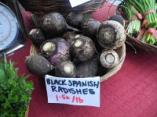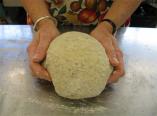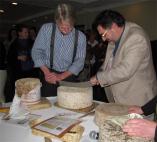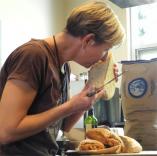… or do I mean Revenge of the Nutria?
Visitors to Florence, I’m told, often remark on the web-footed, beaver-like creatures you can see frolicking in the Arno. Here too in Parma we’d noticed mammals in the river and wondered what they were: nutria, we were told (aka coypu / coipú / kóypu / ragondin / nuture rat / swamp beaver — but not to be confused with the river otter). And as their species name (Myocastor coypus) suggests, beaver-like they are, in many ways.. until you see their tails, and their colourful teeth!
Apparently these little blighters – Argentinian rodents with rat-like tails – were imported into Europe from South America in the 1920s. They arrived in Italy in 1928, brought here by commercial furriers hoping to turn a quick lire. When this didn’t happen, it seemed easiest to just.. set them free. And some of the rest escaped fair and square, and have made a real success of it: since their first sighting in the wild in 1960, they have spread from Italy to Sicily and Sardinia .
Alas for Italy, coypu really like it here and find many nice things to eat in the river systems, to the extent that they have laid waste to a great deal of native vegetation, as well as rice farms, and their burrowing habits weaken irrigation systems and riverbanks, causing tens of millions of euros in damage per year.
They were introduced to Britain as well, where they caused a lot of agricultural damage, but Britain embarked on an eradication campaign, employing 24 trappers who managed to eradicate the species there in just under a decade, by 1989 (… or did they?).
They are still raised in France for fur, and other products including soap, pate and even jewellery (those lovely teeth, just the colour of Mimolette, alors). Here are a couple of recipes in case you want to make your own pate or ragout. (Lucky for the nutria, animal rights activists at Bite Back are hard at work liberating these giant rodents into the French countryside.)
The French are not the only connaiseurs: apparently the meat is lean and low in cholesterol (well, they are herbivoires) and the Louisiana Department of Wildlife and Fisheries is aiming to get locals to help eradicate them through fine dining, and has helpfully posted some other recipes. If you need some visual prompts, here’s a YouTube video – sponsored by LDWF – to show you how it’s done.
Ironically, just as they are really making a nuisance of themselves by busting loose wherever they were imported, their numbers in the rivers and streams of Argentina appear to have been dwindling.









